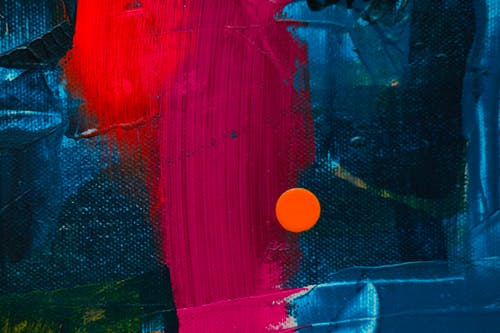Light fastness is a common issue that many artists encounter regardless of their medium.
It is a term that refers to how resistant the property of a colourant, such as dye or pigment, is to fading when it is exposed to light.
While all paint mediums suffer from poor light fastness, watercolour paint in particularly is seen as one of the most susceptible to fading because of light exposure.
As a result, when displaying watercolour works of art, light fastness must actively be considered and usually requires pieces to be hung under controlled and reduced light conditions.
In most cases, museums and art galleries will implement a policy which only permits watercolours considered ‘light fast’ to be displayed for no more than three months within a three-year period.
One of the most famous watercolour works of art, Albrecht Durer’s ‘Hare’, dates back to 1502 and lives at the Albertina Museum in Vienna.
This piece is noted for not only its true-to-life nature in detail, but also in colour.
For that reason, the Albertina does not have it on permanent display.
The most recent occasion to view it was in the 2019/2020 Durer exhibition, and it will now not reappear for many years to protect its integrity.
Many more historical watercolours in the hands of collectors, museums and galleries around the globe are generally not displayed at all, instead being preserved and protected in dark archive cabinets.
Light fastness is an issue that most historical works of art will inevitably encounter, which is why organisations such as Watercolour World in the UK have committed themselves to digitising works as a way of preserving not just art, but more importantly, our history.
The fragility of watercolours is in part caused by the issue of light fastness and, as we move into an increasingly digital world, it is important to secure the position of historical artworks in it.
Each brush stroke, colour and detail tell a unique and irreplaceable story that we must protect.
While in the past, light fastness would be tackled with keeping artwork locked away, digitising these pieces provides a more permanent solution.
Watercolour World is one of the first charities that have made it their mission to tackle and overcome these challenges.
By working with PFU, a Fujitsu company, they are now working to record and digitise works in collections from around the world.
The scanning process used to do so is extremely simple, but effective.
Designed so that they do not come directly into contact with the watercolour at any time, LED technology is used to create clear and detailed digital images.
This can be done even through glass, and is especially useful when dealing with artworks that have poor light fastness because it does not emit potentially harmful heat or ultraviolet rays of light.
If we are truly to view and enjoy works of art, particularly watercolour works which are more susceptible to damage over time, it is important that we make copies which are as accurate and detailed as the original.
There are so many incredible works of art that only a handful of people will have seen, usually only for brief moments and while accompanied by a curator.
By digitising these works, we are not only tackling the issues of light fastness, but we are also retaining some of the best works of art for generations to follow.
Many of the greatest works of art from history are destined to decay, and many already are.
We can work to restore and protect our favourite ones, but it is inevitable that an original will not last forever.
Watercolours are among the most fragile, as well as some of the most difficult, pieces to restore and preserve.
It has never been clearer to see that as we move into a world that is increasingly digital, so too must our greatest art works.













